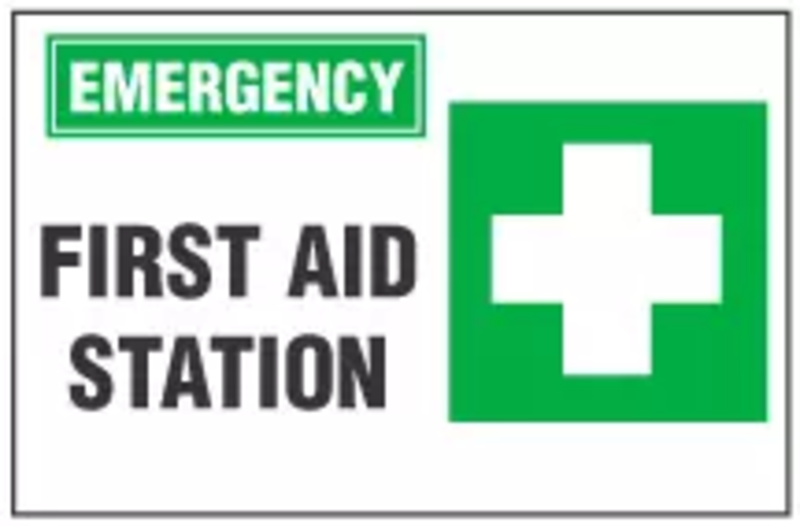First-Aid Practices In The Workplace

The Occupational Health Admiration (OSHA) states that First-Aid is any one-time treatment along with a follow-up treatment dealing with minor scratches, cuts, burns, splinters and other minor industrial injury that may occur during the average work day. According to CFR 1910.151 “The employer shall ensure the ready availability of medical personnel for advice and consultation on matters of plant health.” Generally first-aid treatments are simple and require little technology. However, assuming there is no infirmary on site, there must be at least one person, preferably more, who are trained to provide first aid. A workplace must also provide facilities and equipment for treating the eyes and body should an employee be injured by coming into contact with corrosive material. Along with these basic first-aid requirements, a number of OSHA standards require training in cardiopulmonary resuscitation (CPR.)
Within the OSHA definition of first aid are the following points: It is the use of a non-prescription medication at nonprescription strength; it is the cleaning; flushing or soaking wounds on the surface of the skin; administering bandages or gauze pads; the use of hot or cold therapy; draining of blisters, use of massage therapy and providing fluids for heat stress.
At the workplace a specific person is assigned the responsibility for storing the specific types and amounts of first-aid supplies. The recommended list includes the following: gauze pads, triangular bandages, moistened towelettes, scissors, blankets, adhesive tape, latex gloves, elastic wraps and splints. An automated external defibrillator is also recommended to be available at the plant.
First Aid courses are offered by the American Heart Association, the American Red Cross and the National Safety Council to name a few. Training courses involve a curriculum based on scientific evidence. This is necessary in developing a first aid program that will be specific in the trainees main work area and responsibilities. Trainees are given hands-on skills using mannequins or “live” partners; Role playing in real-life settings; constant review of common recurring injuries; learning to respond quickly and assess the people hurt and the overall area where the injuries have occurred, especially if life threatening injuries are involved and learning to interact with the local EMS when necessary.
Generally First-aid treatment does not have to be recorded. However, if a work-related injury meets any of the following criteria, it does have to be recorded under CRF1904.39: A significant injury diagnosed by a physician; any loss of consciousness, injuries that require restrictions to continued work or days off and the death of an individual.
The” Alliances Program” involves groups such as labor unions, trade and professional groups, colleges and universities to work with OSHA in developing cooperative programs designed to improve first-aid and all aspects of safety in the workplace.